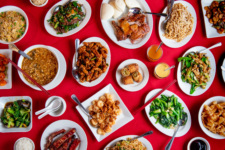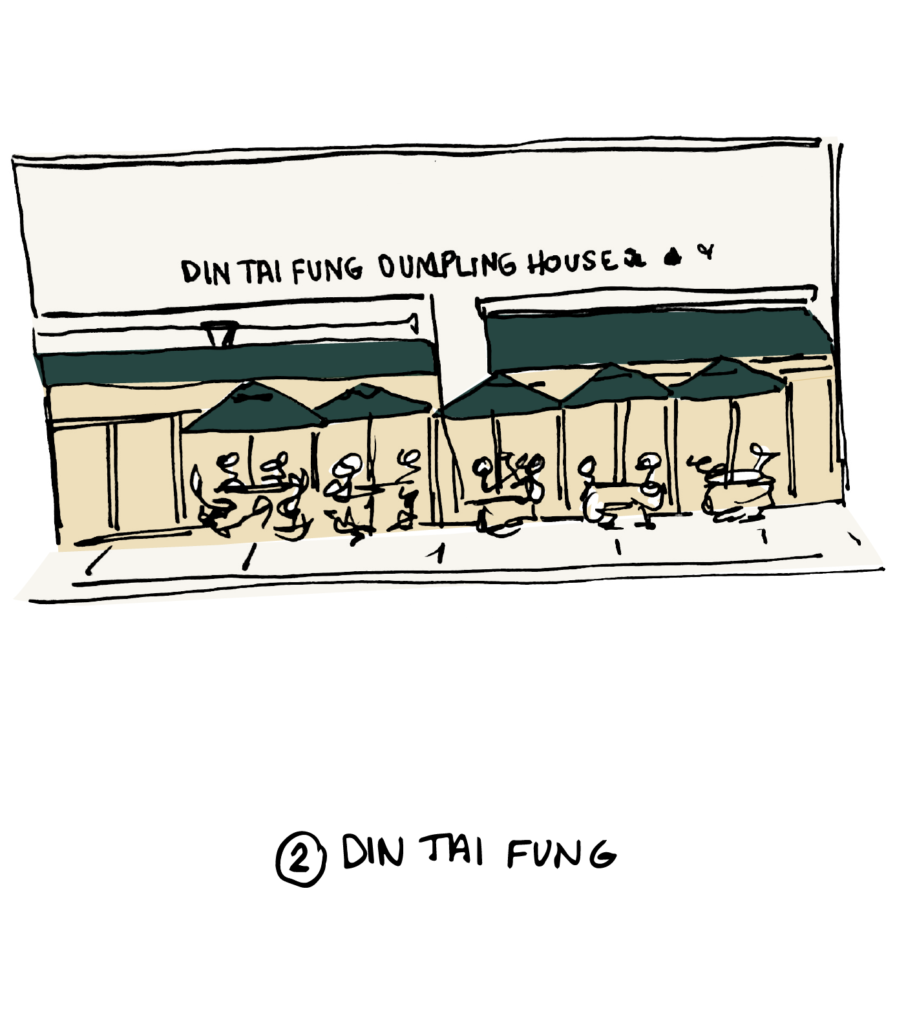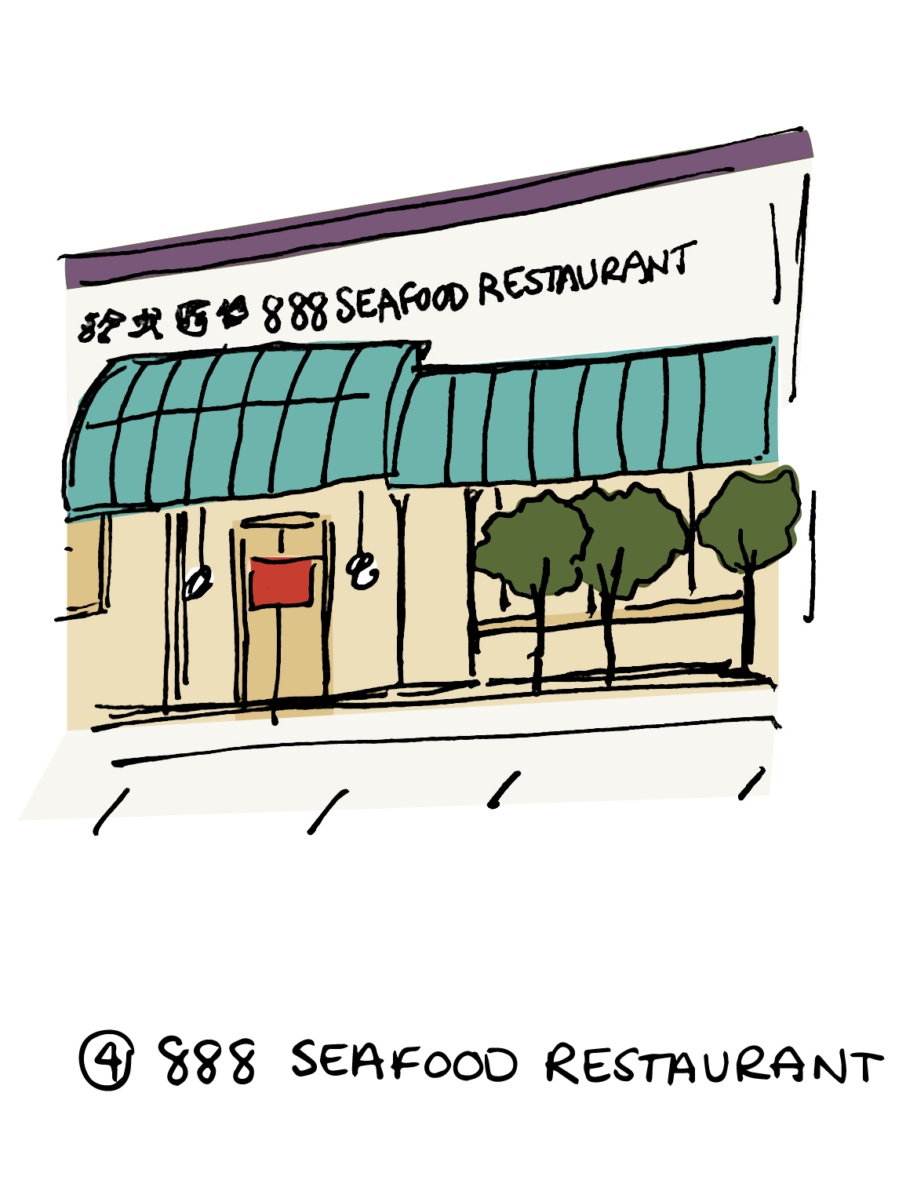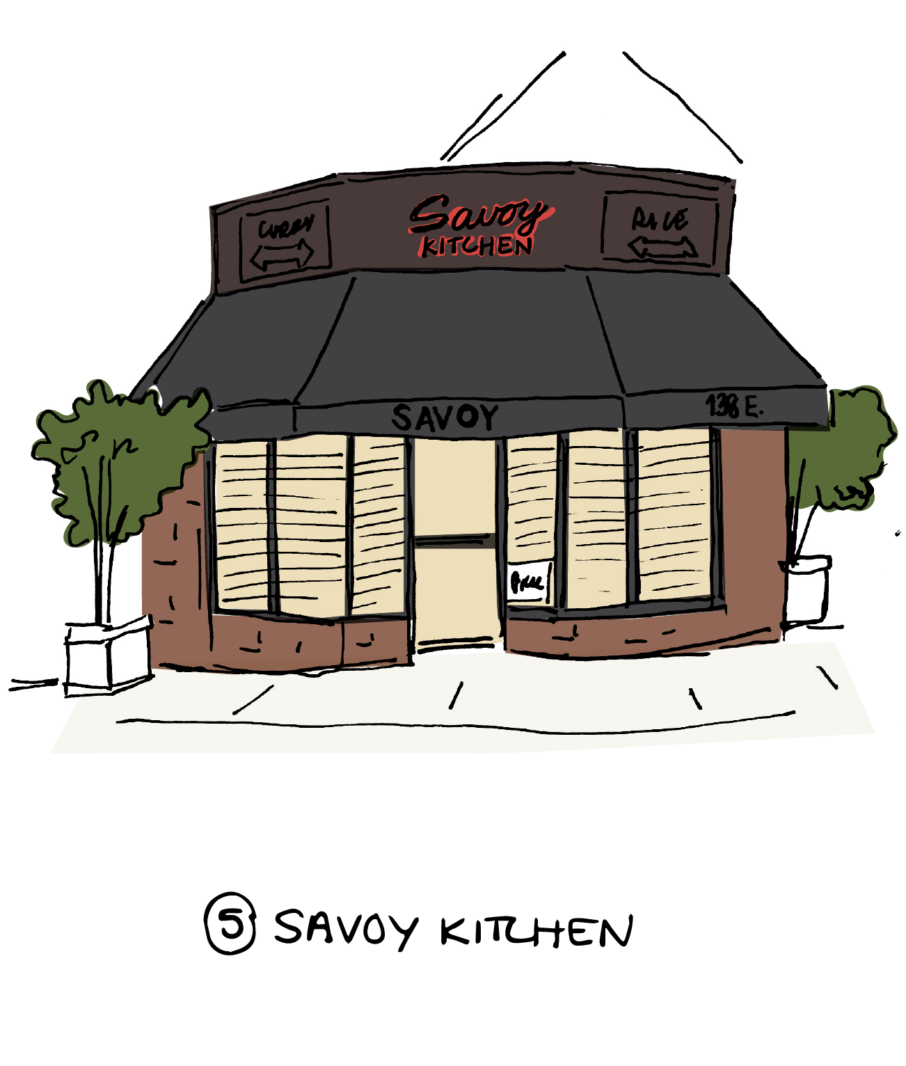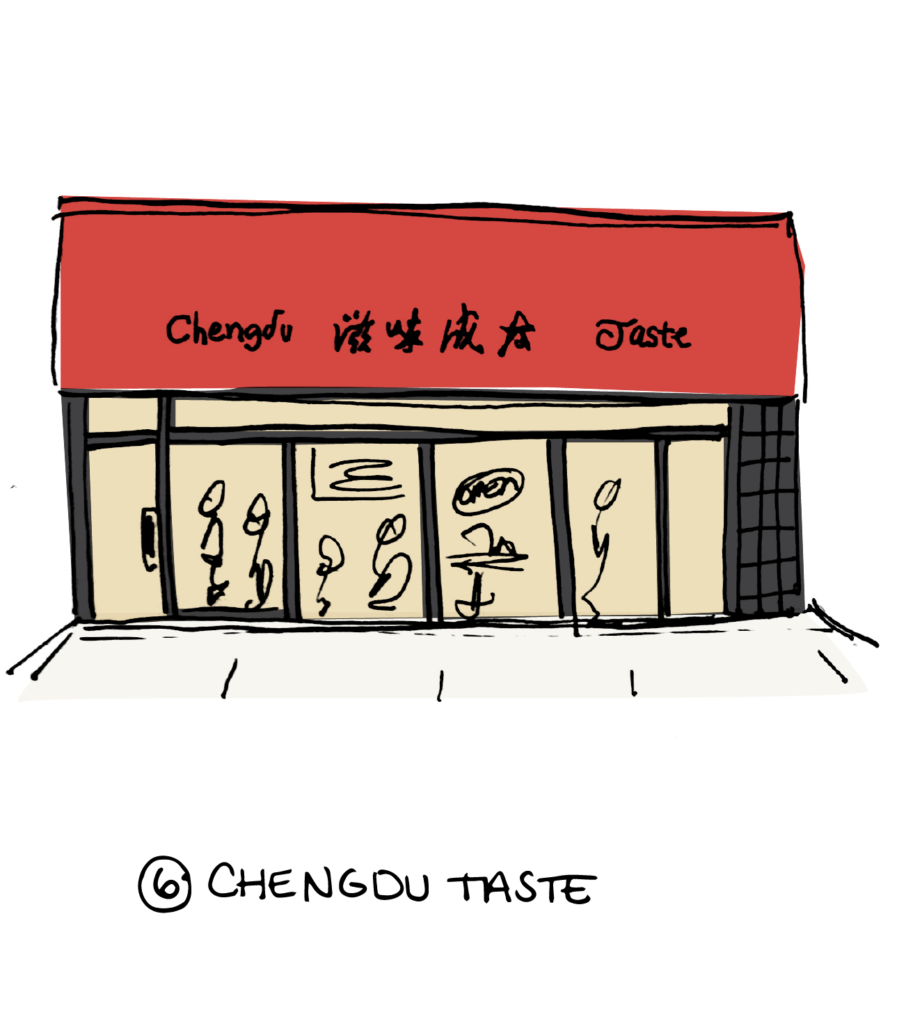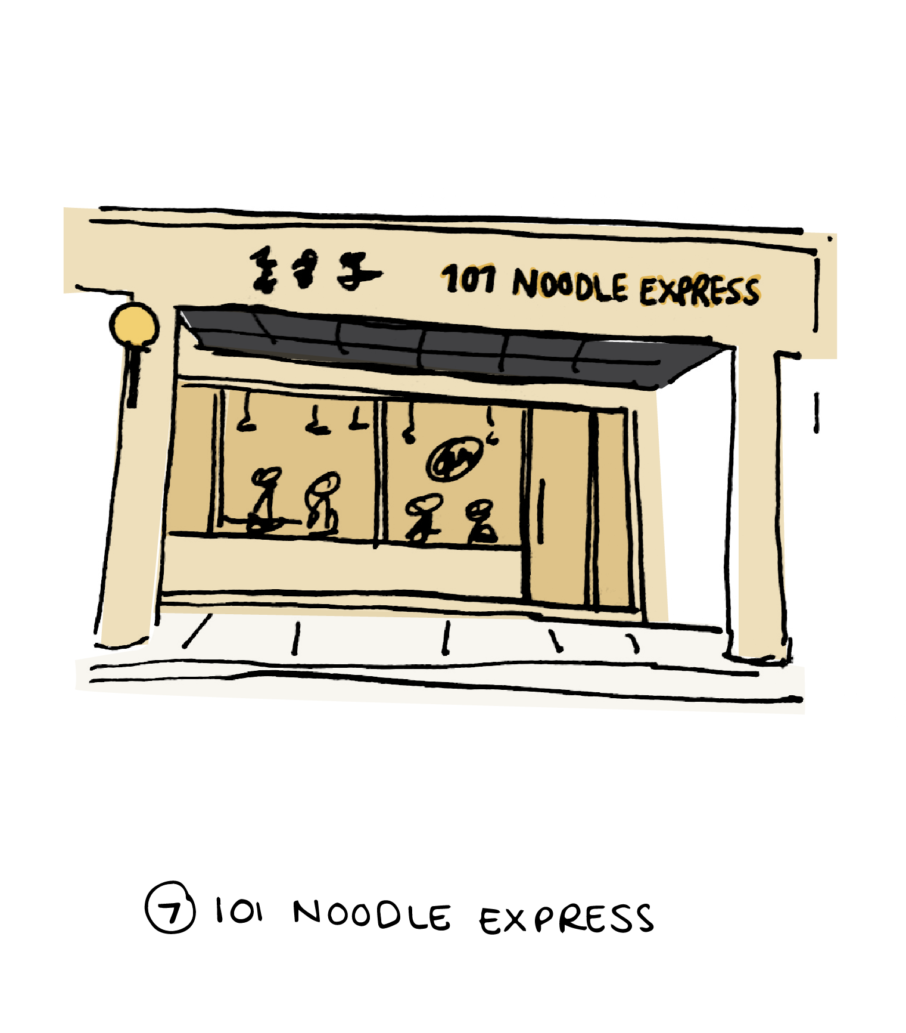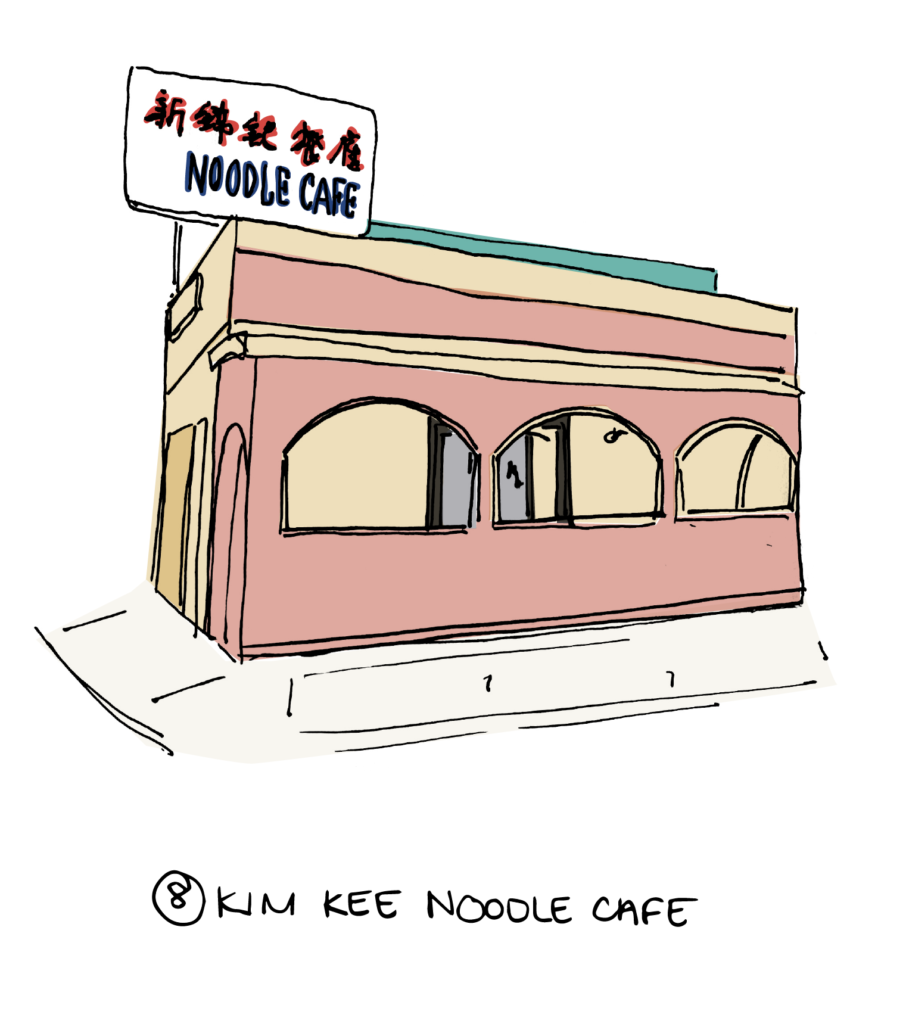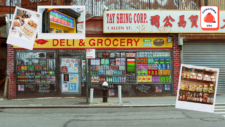
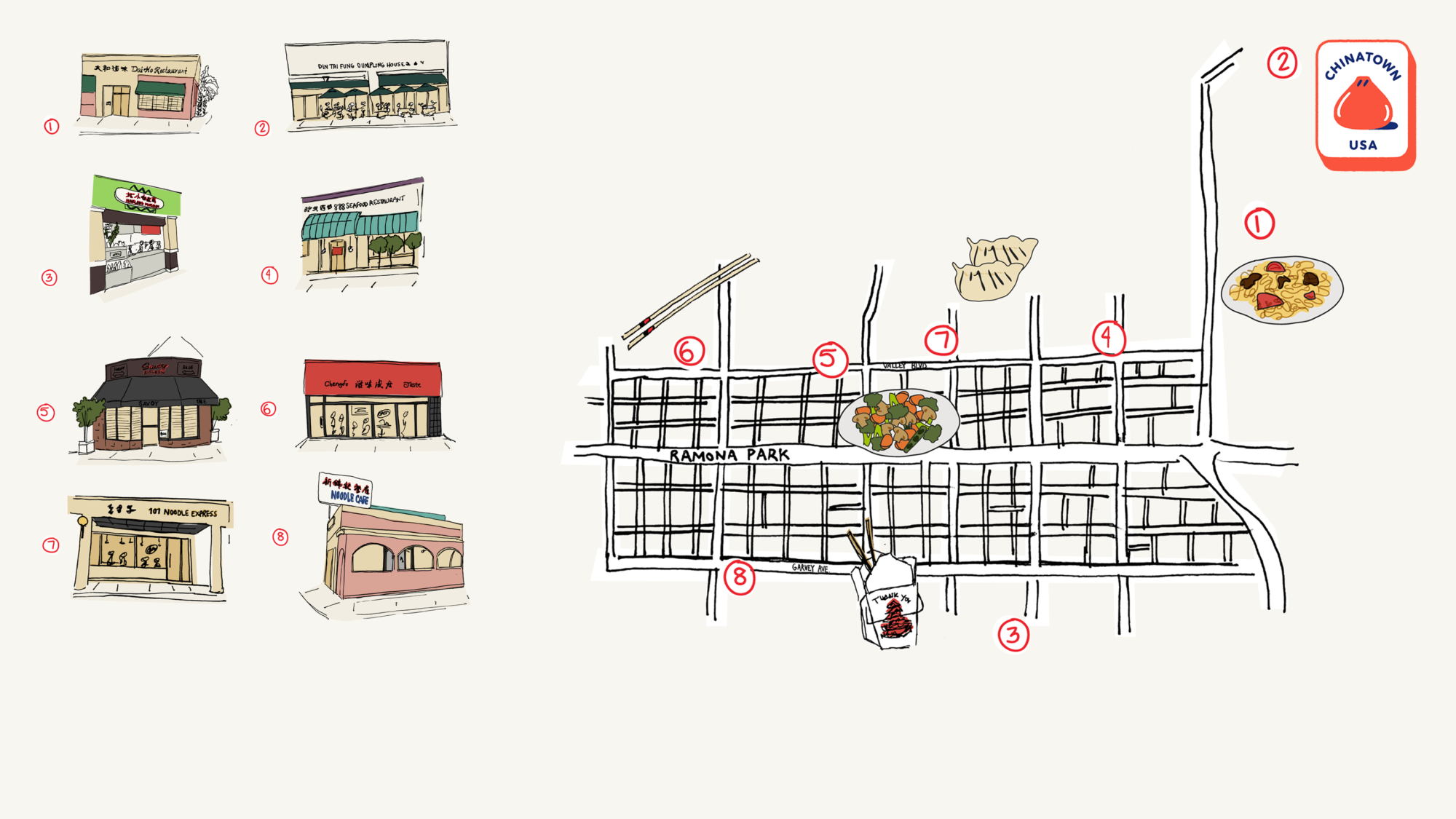
Eight Restaurants That Tell the Story of the San Gabriel Valley
Boba shops on every street? Yes. Sichuan peppercorns that leave your tongue numb and on fire? Check. Singaporean Hainan Chicken and freshly made hand-pulled noodles? You bet. Los Angeles locals know that the best Chinese food in Los Angeles is not found in historic Chinatown, but the San Gabriel Valley east of Los Angeles. Known as “the 626” after its area code, the valley is home to Southern California’s most populous Asian American community.
Chinese, Filipino, Southeast Asian, and Japanese immigrants began settling in the valley in the mid-19th century. After World War II, it became an enclave for manufacturing businesses, owned by Mexican American and Asian Americans, due to its proximity to East Los Angeles, Little Tokyo, and what was then a bustling Chinatown. Japanese Americans who returned from the internment camps also found the area much more welcoming for homeownership than other parts of Los Angeles.
The Chinese American population swelled in the 1970s as a result of multiple waves of immigration in the wake of the 1965 Immigration reform, which removed quotas preventing legal immigration from Asia, Africa, and Central America. People from Hong Kong and Taiwan fled economic and political uncertainty in pursuit of the American dream. Refugees from wars in Southeast Asia, especially ethnic Chinese from Vietnam and Cambodia, also settled in the SGV. By the 1980s, the city of Monterey Park was nicknamed “Little Taipei.”
In the beginning of the SGV’s Chinese food boom in the 1980s and 1990s, the area was dominated by Cantonese and Taiwanese immigrants. Within the last two decades, the uptick in mainland Chinese immigrants and investment has led to an explosion of Sichuan, Shanghai, and Northern Chinese restaurants.
Chinese restaurants here were also the first Los Angeles-area businesses to feel the brunt of the public’s pandemic fears. Some business owners reported a 60% to 70% drop in revenue as early as January 2020, nearly a month before the first person in the U.S. was diagnosed with COVID-19. Many restaurants have since closed because their owners were no longer able to pay their staff, or because mom-and-pop restaurants could not afford to bring their restaurants up to date with technology. It is a time when restaurants are fighting to survive, and need support.
So here’s a driving guide to some of the SGV’s landmark Chinese restaurants. Not only are they worth a visit for the food, they also offer a glimpse of how Chinese immigration to Los Angeles has shaped our food culture in the City of Angels.

Dai Ho
Our first stop is in Temple City, which is part of a cluster of SGV cities where the Chinese population is more than 40 percent. The city was an early favorite of Taiwanese immigrants because of the reputation of its public schools.
Dai Ho, our first destination, is a nondescript noodle shop run by May and Jim Ku, a landmark in the SGV community for more than 30 years. Their daughter Tina, who has cooked alongside Andrew Zimmern, now holds the reins.
The Ku family specializes in Taiwanese noodles, made daily in small batches. To ensure quality stays on point, the restaurant is open for only three and a half hours each day. Lines out the door are a frequent sight, and customers drive in from other states, or buy dishes to freeze before their cross-country flight.
The cooks hand-press each batch of the noodles five times each in order to achieve the perfect QQ texture, a Taiwanese word that is akin to the word for al dente, but denotes a perfectly chewy, springy, bounciness. Dai Ho’s zha jiang mian, aka pork bean dry noodles, is tossed with minced scallions and ground pork, then topped with a fermented soybean paste. Another favorite, the beef stew noodles, are made by braising beef shanks with soy sauce, star anise, pepper, sesame oil, ginger, and homemade chili sauce for hours and then letting it rest overnight. //9148 Las Tunas Dr., Temple City, 626-291-2295.
Din Tai Fung
Next, we head toward Santa Anita Park, a landmark in the city of Arcadia that has an complicated place in Los Angeles history. Now it is known strictly for horse racing, as well as the home for the largest Asian American night market in the nation, but in 1942 the track served as a temporary assembly center for Japanese Americans while internment camps were being built.
In the 1980s, Arcadia became known as the “Chinese Beverly Hills” because of the influx of wealthy Chinese immigrants. In the last decade, that reputation has drawn nouveaux riches and international students from mainland China. Given the concentration of wealth, many well-known restaurant franchises from China have made Arcadia the site of their first overseas location.
The first international chain to arrive was Din Tai Fung, the Taiwanese dumpling chain, which opened its first U.S. location here 20 years ago. Din Tai Fung was instrumental in introducing Taiwanese cuisine, particularly xiao long bao, to many Los Angeles diners.
Although the original Arcadia location shuttered in June, Din Tai Fung has more than 150 locations worldwide, including a bigger, newer branch in a Westfield shopping mall just minutes away, and each location continues to command hours-long waits. Still family owned, the restaurant is famous worldwide for its paper-thin dumpling skins, with their 18 folds around the crown, and the Kurobuta pork filling. The quality here continues to be hard to beat. // 400 S. Baldwin Ave #M5, Arcadia (location now closed) and many other locations, dintaifungusa.com.
Harlam’s Kitchen
Next, we move to the city of Rosemead, whose Cantonese and Vietnamese populations are more prominent. Rosemead is the location of the massive Panda Express headquarters, as well as one of the most famous condiments in the world: Huy Fung Foods’ Sriracha sauce. Huy Fong, owned by David Tran, who is Vietnamese Chinese, manufactures the sauce in the neighboring city of Irwindale.
Drive down Garvey Avenue until you reach a plaza that goes by multiple names. Whether you call it Diamond Square Plaza or The Square, it has had multiple owners over the years. In the 1990s and early 2000s, it housed a popular supermarket and sprawling local shops packed with Cantonese-speaking shoppers. But as newer Chinese developments opened in neighboring cities, the plaza lost its former glory.
Here, in the plaza’s run-down food court, you’ll find Harlam’s Kitchen. One of reasons diners still come to the plaza is for its Hong Kong-style comfort food: wonton noodle soup, chow fun, porridge, rice noodles with beef brisket and tendon. The stall is so tiny that you can see the staff standing shoulder to shoulder, wrapping fresh dumplings and blanching noodles. The metal lawn chairs in the court haven’t been changed in decades, and food is all served in styrofoam containers.
The aroma of freshly made rice flour rolls and noodles permeates the sitting area, and early in the day, Chinese and Chinese-Vietnamese grannies fill the tables, playing cards and chatting with their friends over steaming bowls. Harlam’s must-order item is the zhaliang, a crispy Chinese fried donut wrapped inside a thin rice-noodle sheet and topped with sweet soy sauce, sesame seeds, and scallions. // 8150 Garvey Ave., Rosemead, 626-573-3929.
888 Seafood
Hop back in the car for a quick drive down the famous Valley Boulevard, which connects all of the San Gabriel Valley.
If you’ve visited the 626 for food, chances are you’ve been to 888 Seafood. If you live in the valley, you probably grew up coming here. Opened in 1993, the Cantonese seafood restaurant, which seats 800, has been the venue of choice for families celebrating birthdays, weddings, and ballroom dancing nights — it’s even a concert venue for retired Hong Kong superstars.
888 Seafood is also one of the last Cantonese restaurants of its size that has been able to weather the economic storm. And it’s one of the last dim sum places in the area to use carts. Many dim sum restaurants have now switched over to paper ordering, which proponents argue is more hygienic because the cooks won’t steam the dish until you order it. Not old-school 888. You’ll find aunties with carts making their rounds as they try to sell you on their dish, which also allows diners to see what they’re choosing. // 8450 E. Valley Blvd., Ste 121, Rosemead, 888seafoodrestaurant.udinner.com.
Savoy Kitchen
Next, drive through San Gabriel, where the Spanish founded the original San Gabriel Mission as part of their conquest of Alta California, into Alhambra. The city’s main business district centers around the intersection of Main and Garfield. Drive past that strip of hip restaurants and bars to the “older” section of Valley Boulevard, which has hundreds of cafes, noodle shops, and other Chinese businesses.
Your stop at Savoy Kitchen is a must in SGV. The running joke around town is that the 38-year-old restaurant must have really good feng shui. Savoy operates as if it has been frozen in time. Countless competitors have come and gone, but the lines that extend out Savoy’s door have remained.
Despite having a robust menu of pastas, potato-dough pizza, and other Southeast Asian specialities, this tiny spot is known for one dish: Hainan Chicken Rice. Now known as a Singaporean specialty, the dish originated on Hainan Island, off the south coast of China. Savoy serves the sliced poached chicken over rice cooked with ginger, garlic, pandan leaves, as well as the stock from the bird, and accompanies the dish with red chili, minced ginger, garlic, vinegar, and soy sauce. // 138 E. Valley Blvd., Alhambra, savoykitchen.net.
Chengdu Taste
Stay in Alhambra for your next stop, continuing down Valley Boulevard to the restaurant that helped propel the recent Sichuan food obsession in the United States.
Chengdu Taste, now a mini-chain, can be credited with igniting Los Angeles’s Sichuan boom. Prior to the opening of this location in 2013, many Angelenos thought Sichuan cuisine was just Chinese American food with massive amounts of chillies dumped over the top.
The China-based restaurant chain chose Alhambra to coincide with an uptick of immigration from mainland China, and purposely located it in a very Chinese-centic city. Chengdu Taste was one of the first U.S. restaurants to stay true to the traditional Sichuan palette, showing other global Chinese brands that they could potentially franchise, or bring Chinese cuisine to the United States without altering their dishes. The plan worked: Currently, besides the SGV locations, there are Chengdu Taste locations in Downtown Los Angeles, Las Vegas, and even Hawaii.
Traditional Sichuan cuisine is known for its ineffable ma la quality — the interplay of chile heat and tongue-numbing spice from the region’s trademark Sichuan peppercorns. Head chef Tony Xu insisted on using peppercorns imported from Hanyuan, Sichuan, for all his dishes. The restaurant’s signature dish is toothpick lamb, which was Xu’s modern take on traditional chili cumin lamb. His twist, spearing each sliver of meat on its own toothpick, then tossing the crispy-edged bits of lamb with chiles, sesame seeds, and cumin, turned the dish into the 626’s most famous finger food. Other Sichuan classics like water-boiled fish, mapo tofu, and dan dan mian can be found on the menu as well. //828 W. Valley Blvd., Alhambra, 626-588-2284.
101 Noodle Express
Not far from Chengdu Taste is 101 Noodle Express’s first location, which opened in 2007 and has since become a chain with multiple outlets throughout the San Gabriel Valley, Los Angeles, and Orange County.
101 Noodle Express’s late night hours and affordable prices helped make them popular, but so did the photogenic beef rolls, which appeared on the scene just as social media was taking off. Similar to jianbing, Shandong-style beef rolls are made using a fried wheat pancake that is smeared with a hoisin-like sauce, then stuffed with fresh cilantro and thin slices of beef. The roll tastes best when paired with 101 Noodle Express’s signature condiments—a homemade chili oil and a mixture of fresh chilies with cilantro.
Other must-orders on the menu are Northern Chinese dumplings with a variety of fillings: wild vegetables and pork, yellow leek and pork, shrimp and pork, celery and pork. Do you want your dumplings boiled or pan fried? Good luck deciding. // 1408 E. Valley Blvd, Alhambra, 626-300-8654.
Kim Kee Noodle House
For your final stop, you’ll visit the city of Monterey Park, the first suburban Chinatown in the United States and currently the U.S. city with the highest proportion of Chinese American residents. In the 1970s, many Chinese immigrants from Hong Kong and Taiwan settled here, but today the city’s demographics look different, thanks to an uptick in immigration from Mainland China and Mainland Chinese investment.
The Monterey Park City Council made national news in 2013 when it unanimously overturned an old law and voted against adopting an ordinance that would have required English lettering on storefront signs in addition to Chinese characters.
After admiring the tenacity of the residents to preserve their culture, get ready to eat some Chaozhou food. Open for more than a quarter century now, Kim Kee is a Teochew (Chiu Chow, or Chaozhou) noodle house that specializes in breakfast and lunch.
The Chaozhou diaspora, whose roots are in eastern Guangdong, spread across Asia over the centuries: Vietnam, Cambodia, Thailand, Hong Kong, Taiwan, Indonesia, Myanmar, and Malaysia. Chaozhou cooking reflects those influences.
Kim Kee’s menu, written in Chinese, Vietnamese, Thai, and English, is the equivalent to a Denny’s breakfast menu — if the possibilities were endless and everything could be customized. It features 70 dishes and almost 20 varieties of drinks, but what you want to concentrate on here are the Chaozhou noodles. Diners can choose between seven egg noodle or rice noodle options. Next, you choose whether you want them dry or in soup, followed by whether you want raw or blanched bean sprouts. Most of the noodles are blanched for seconds, then topped with ginger, crispy shallots, scallions, and Chinese shrimp roe.
Your final step, when the bowl of noodle arrives, is to mix your own condiments, which are just as important as the noodles. Spoon in small amounts of Kim Kee’s homemade chili sauce, Sriracha, pickled jalapenos, red vinegar, satay sauce, and vinegar soy sauce, then adjust the balance to your taste. // 441 W Garvey Ave, Monterey Park, 626-307-8849.
Kristie Hang is a Los Angeles based food and travel journalist that specializes in Chinese cuisine. Follow her on Instagram and Twitter. Follow Resy, too.



